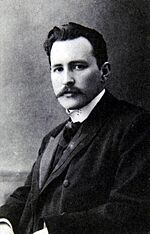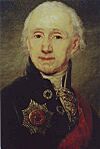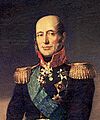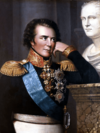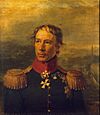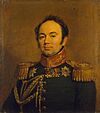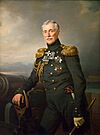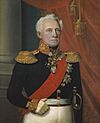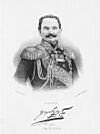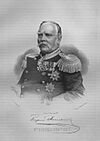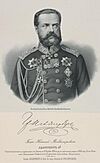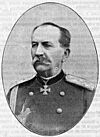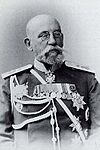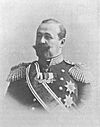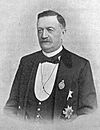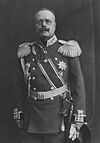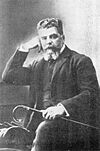Governor-General of Finland facts for kids
Quick facts for kids Governor-General of Finland |
|
|---|---|

|
|
| Appointer | King of Sweden, later Emperor of Russia |
| Formation | 1595 |
| First holder | Klaus Fleming |
| Final holder | Nikolai Vissarionovich Nekrasov |
| Abolished | 1917 |
The governor-general of Finland (Finnish: Suomen kenraalikuvernööri; Swedish: generalguvernör över Finland; Russian: генерал-губернатор Финляндии) was the military commander and the highest administrator of Finland sporadically under Swedish rule in the 17th and 18th centuries and continuously in the autonomous Grand Duchy of Finland between 1809 and 1917.
Contents
Swedish realm
After the final abolition of the Duchy of Finland and related feudal privileges in the late 16th century, the king of Sweden sporadically granted most or all of Finland under a specially appointed governor-general, who took care of the matters in the eastern part of the country more or less according to his own best judgement. Best known of these officials is count Per Brahe whose reign is still referred to in Finland as the "count's days" (kreivin aikaan), meaning something positive that happens just in time.
List of Swedish governors-general of Finland
Translation in Swedish: Generalguvernör av Finland
| Governor-general | In office | |
|---|---|---|
| Klaus Fleming | ||
 |
Nils Turesson Bielke | 1623–1631 |
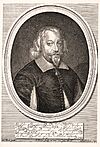 |
Gabriel Bengtsson Oxenstierna | 1631– |
 |
Per Brahe the Younger | 1637– and 1648–1654 |
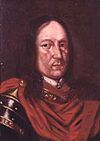 |
Herman Fleming | 1664–1669 |
| Karl Nieroth | 1710–1712 | |
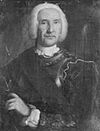 |
Gustaf Otto Douglas (during the Russian occupation) | 1717–1721 |
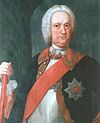 |
Johan Balthasar von Campenhausen (during the Russian occupation) | 1742–1743 |
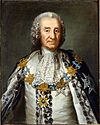 |
Gustaf Fredrik von Rosen | 1747–1753 |
Grand Duchy of Finland
During the time when Finland was ruled by the Russian Empire as a grand duchy, the governor-general's position was permanent. He was viceroy of the emperor, who was not personally present in Helsinki, but resided in St Petersburg, just outside of Finnish borders. The governor-general was constitutionally the chairman of the Senate of Finland, the government in the autonomous grand duchy. The chairmanship he represented, with two votes in the Senate, belonged to the grand duke of Finland, a title held by the emperor of Russia. The governor-general was the highest representative of the emperor and received his instructions directly from the imperial government in Saint Petersburg.
Finnish citizenship was not required of the governor-general, contrary to all other highest positions such as senators and the minister-secretary of state. Most governors-general were Russians, men whom the emperor trusted as counterparts of potential Finnish separatism. Many of them, up to Baron Rokassovski, however were also made Finnish subjects, by granting them a Finnish nobility rank.
Many of the governors-general were disliked by the Finnish population. The first man on the post, Georg Magnus Sprengtporten, resigned after only a year. Another, Nikolai Bobrikov, was assassinated in 1904 by the Finnish nationalist Eugen Schauman. On the other hand, several governors-general worked in a way that guaranteed the Finnish autonomy in face of the interests of ministers of the imperial court.
The governor-general between 1831 and 1855, Prince Menshikov, sojourned his entire term in St Petersburg, being simultaneously the Russian minister of navy. Gubernatorial duties in Helsinki were cared for by the deputy governor-general. For most of the term, in that position was general Alexander Amatus Thesleff.
List of Russian governors-general of Finland
Translation in Russian: Генерал-губернатор Финляндии
See also
- Grand Duke of Finland
- Duke of Finland
- Diet of Finland
- Governor-General in the Swedish Realm
- Monarchy of Finland
- Finnish Minister Secretary of State
- List of Finnish rulers


